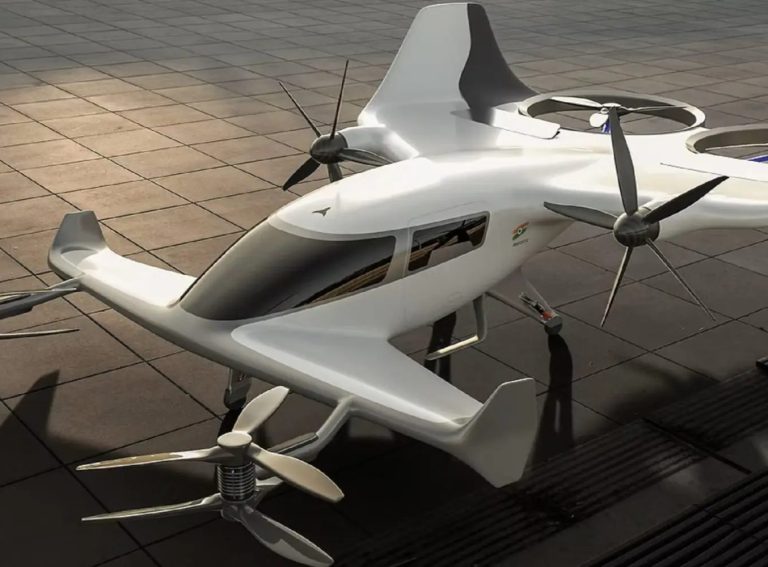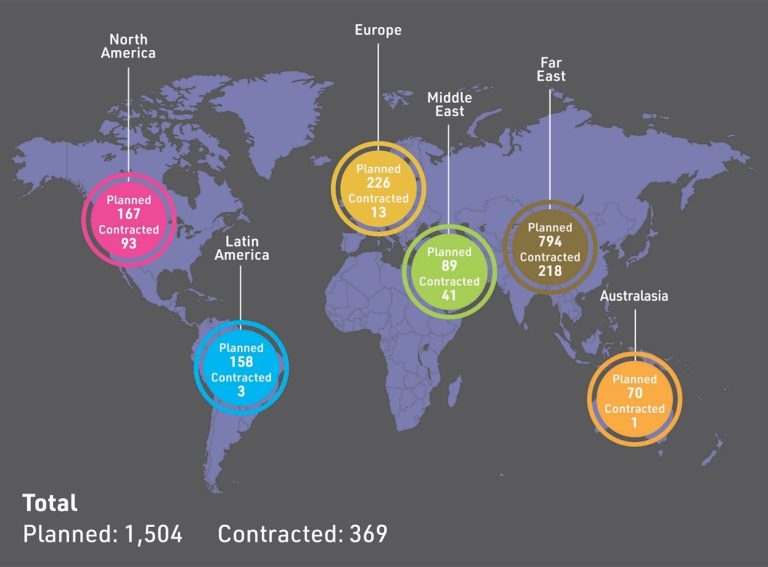Image Credit: Health Innovation South East Scotland
A collaboration between 16 partners has been exploring how a national drone network could be used to transport medicines, blood, and other vital items across Scotland.
The key findings of ‘Project CAELUS’ have been published in a new white paper by UK-based air traffic control provider NATS.
The trials tested how drones could operate Beyond Visual Line of Sight (BVLOS) within both controlled and uncontrolled airspace, using Temporary Danger Areas (TDAs) to conduct medical deliveries between NHS Scotland sites.
One of the core elements of the project was the creation of a ‘Master Control Room’ (MCR) to oversee drone operations and ensure they can coexist with conventional air traffic. The system was trialled in live flights and simulations, demonstrating how automated drones could be managed at scale without disrupting existing aviation.
“The Master Control Room will allow multiple drone operations to be managed from a single location,” Richard Ellis, New Airspace Users Director at NATS, told Zag Daily.
He explained that while air traffic controllers would only need to intervene in exceptional cases, the concept developed in Project CAELUS will continue to evolve with the Civil Aviation Authority (CAA) to ensure safe integration.
Moving towards full drone integration
The UK Civil Aviation Authority has set a target for routine BVLOS drone operations by 2027, but further work is needed to bridge the gap between current trials and full-scale commercial deployment.
Current trials rely on Temporary Danger Areas (TDAs), which provide restricted access to specific flights but are not scalable for widespread drone deliveries. The project findings suggest that a shift towards more flexible airspace management solutions, such as Temporary Restricted Areas or Transponder Mandatory Zones, is necessary for long-term success.
“We are making great progress with the CAA to establish integrated airspace over the North Sea later this year,” Ellis said. “Beyond that, policy is expected to align with the Future Flight roadmap by 2027, but gaps remain that need to be addressed.”
Internationally, the UK is taking a different approach to drone integration compared to Europe’s regulatory framework.
The European Union Aviation Safety Agency (EASA) has introduced U-Space regulations, which create designated airspace for drones and separate them from crewed aircraft. In contrast, the UK is working towards fully integrated airspace where drones and AAM vehicles share the skies with conventional aircraft.
“The UK approach is to enable an integrated airspace, with drones and Advanced Air Mobility sharing the skies with conventional aircraft,” Ellis said.
“Regardless of the approach, the key in all markets is to accelerate the adoption of policy and regulation to allow the industry to move from trials to commercial scale. We expect this inflection point to occur in the next 2-3 years in most jurisdictions,” he added.




